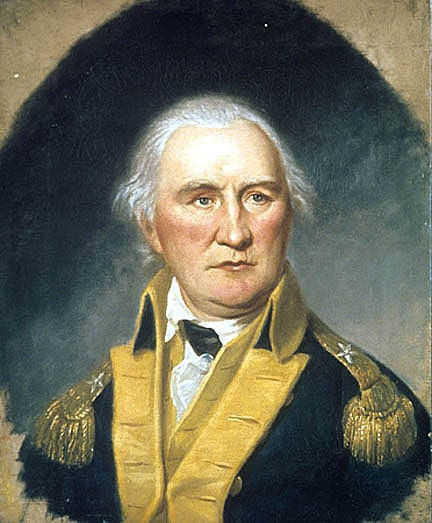On this date...
- katellashisadventure
- May 28
- 2 min read

In 1754, In the first engagement of the French and Indian War, a Virginia militia under 22-year-old Lieutenant Colonel George Washington defeats a French reconnaissance party in southwestern Pennsylvania.
In 1781, The American Frigate Alliance captured the HMS Atalanta and the HMS Trepassey. As the battle commenced, variable winds made maneuvering the Alliance impossible.
In 1788, The Federalist papers—a series of 85 essays on the proposed new U.S. Constitution and on the nature of republican government, written in 1787–88 by Alexander Hamilton, James Madison, and John Jay—were published in book form.
In 1830, The Indian Removal Act was passed, allowing U.S. President Andrew Jackson to grant Native American tribes unsettled western prairie land in exchange for their settlements within the borders of extant U.S. states, thereby clearing the way for further white settlement. It was all done so that Jackson and his cronies could make money off the Indians. Jackson was known to have a huge hatred of Indians due to events in his childhood during the American Revolution.
In 1851, The Ohio Woman’s Rights Convention met in Akron. The Convention would last until May 29, 1851.
In 1861, Chief Justice Roger B. Taney of Maryland issues Ex parte Merryman, challenging the authority of President Abraham Lincoln and the U.S. military to suspend the writ of habeas corpus (the legal procedure that prevents the government from holding an individual indefinitely without showing cause) in Maryland.
In 1863, the 54th Massachusetts Volunteer Infantry Regiment, made up of free Black men, left Boston to fight for the Union in the Civil War.
In 1892, the Sierra Club was founded in San Francisco by naturalist John Muir.
In 1918, American troops fought their first major battle during World War I as they launched an offensive against the German-held French village of Cantigny; the Americans succeeded in capturing the village.
In 1924, the U.S. Border Patrol was created by Congress. At the time, it was part of the Department of Labor. It was tasked with addressing smuggling and arresting illegal aliens. Since then 157 border agents have died in the line of duty.
In 1936, a killer is convicted on the basis of a single horse hair. That equine strand was the decisive clue in the rape-murder of Nancy Titterton in New York City. Titterton, a novelist and the wife of NBC executive Lewis Titterton, was raped and strangled in her upscale home on Beekman Place on the morning of April 10, 1936.
In 1959, the U.S. Army launched Able, a rhesus monkey, and Baker, a squirrel monkey, aboard a Jupiter missile for a suborbital flight which both primates survived.
In 1972, burglars working on behalf of the Nixon White House broke into the Democratic National Committee headquarters in the Watergate Hotel in Washington, D.C., installing surveillance devices on telephones and taking photos of DNC documents.
In 1977, 165 people were killed when fire raced through the Beverly Hills Supper Club in Southgate, Kentucky
In 2013, calling it perhaps the biggest money-laundering scheme in U.S. history, federal prosecutors charged seven people with running what amounted to an online, underworld bank, saying that Liberty Reserve handled $6 billion for drug dealers, child pornographers, identity thieves and other criminals around the globe.









Comentários